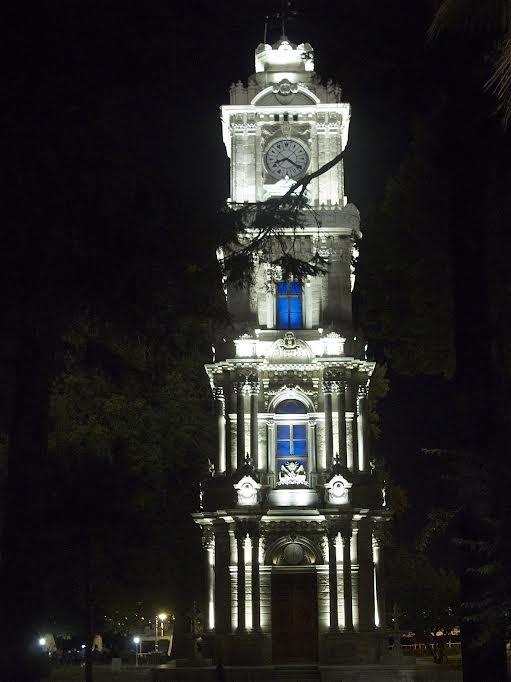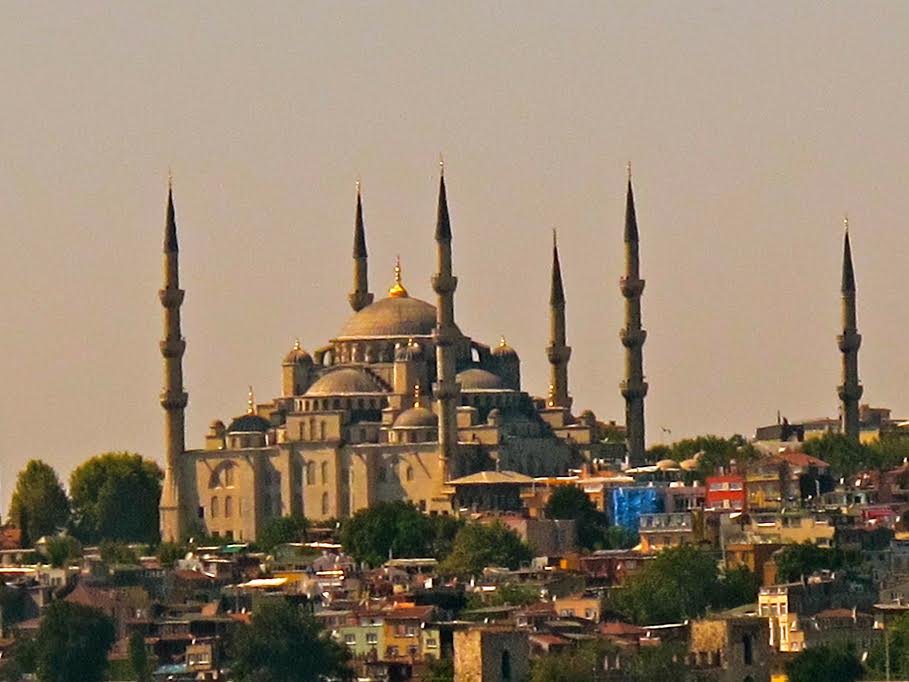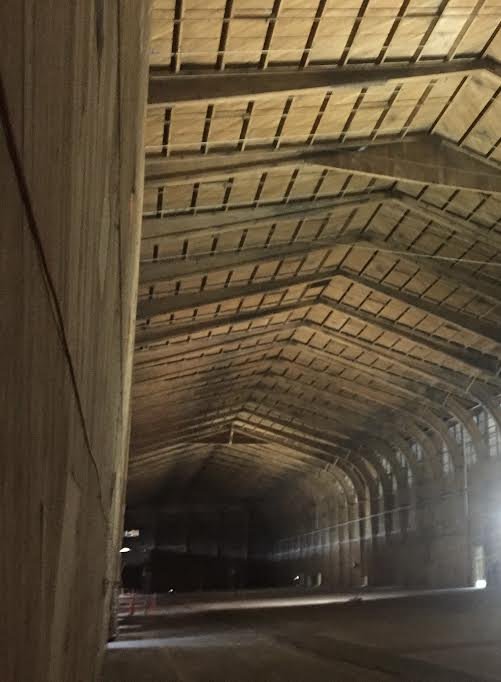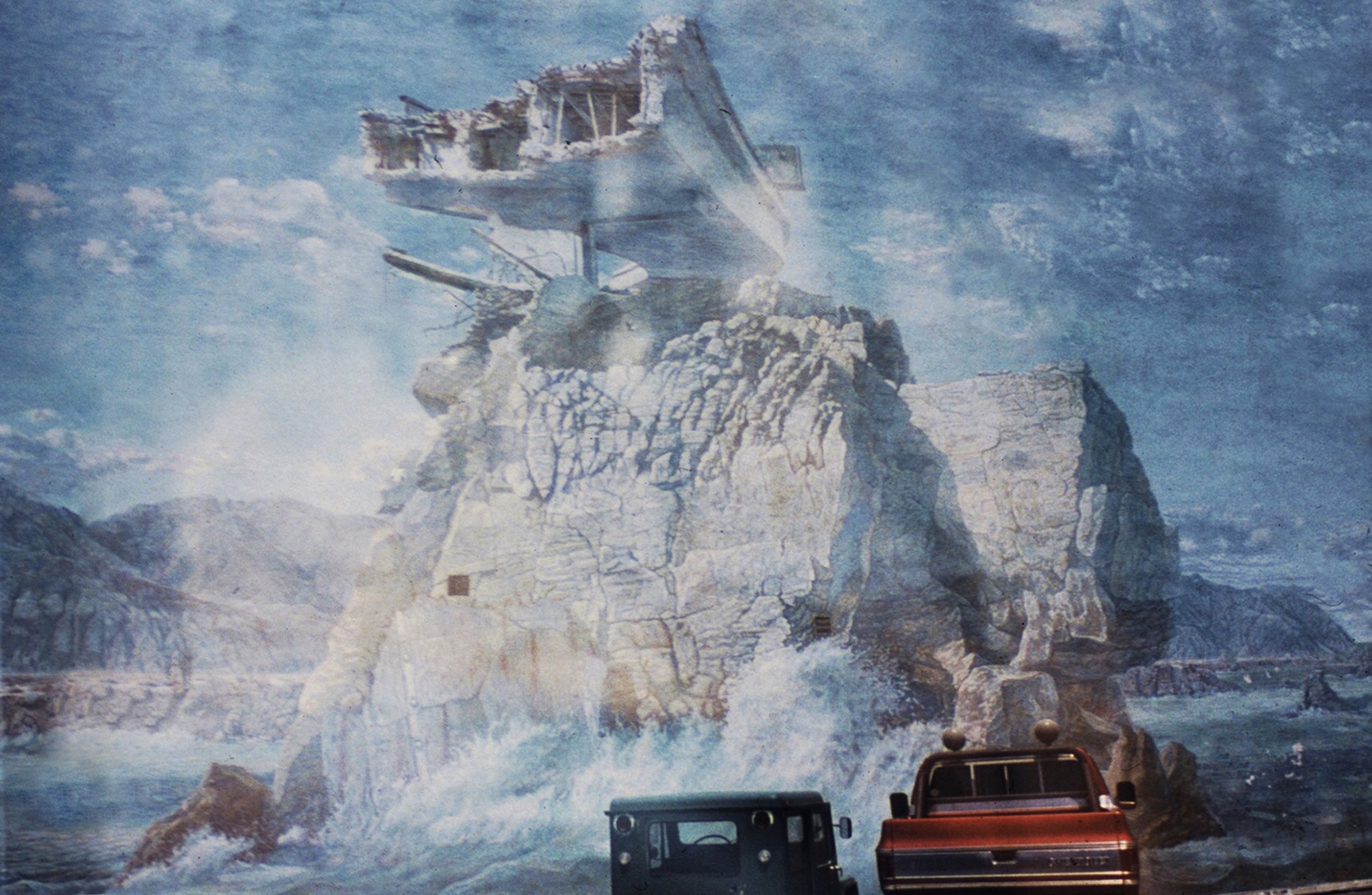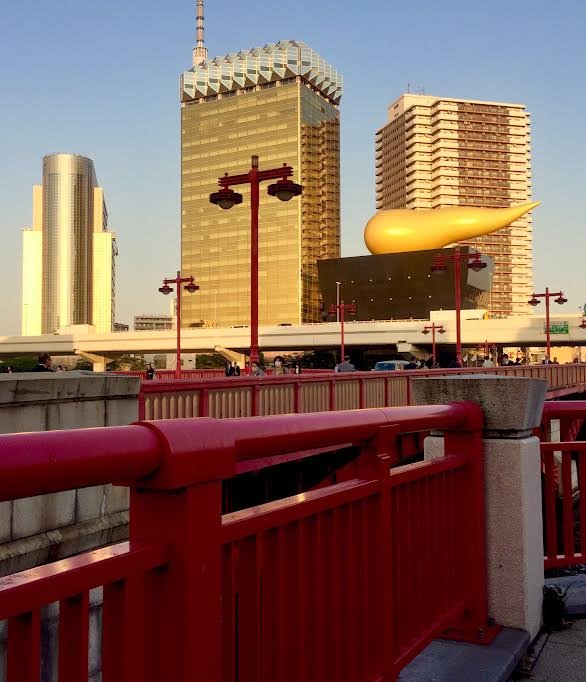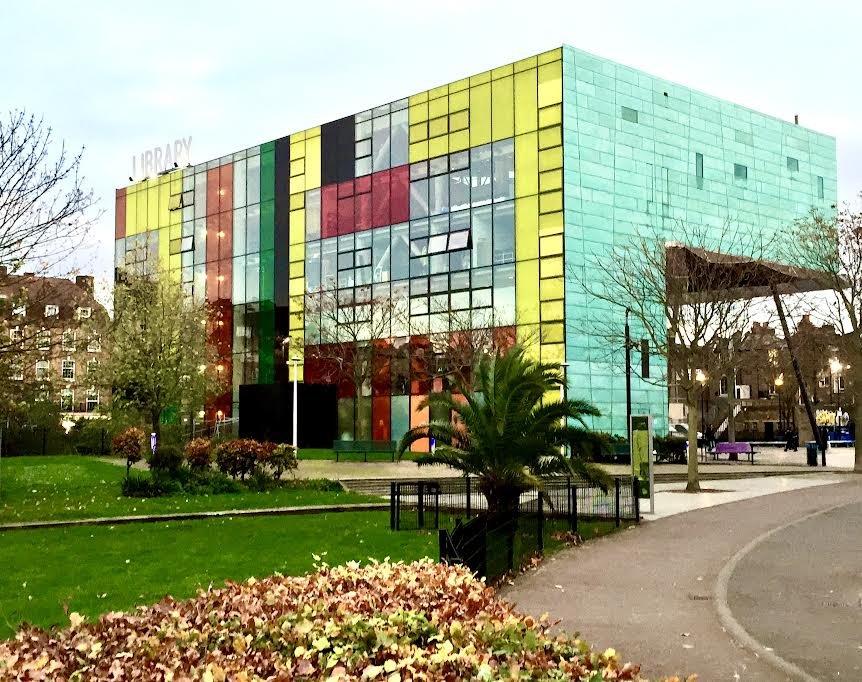#Guggenheimmuseum #NewYork #FrankLloydWright
PHOTOGRAPHY IN A FRENZY
#AndreKertesz #Photographer #photography
I walk through the doors of history. I empty my camera equipment. My subject raises an eyebrow or two. I began to waltz into position. I wish I had had the guts to do the Watusi.
My heart beats. My eyes spin. The atmosphere is one of composed excitement. My eyes were fixed into the gaze of Andre Kertesz. Kertesz was one of the world’s great photographer’s. My heart paused, the shutter clicked. The quiet breeze that prevailed was as close to a death knell as I have stood. Kertesz’s life with us on the planet was to soon pass.
He lived a great life until he didn’t. He migrated from Budapest to Paris and landed in New York with more creative energy than most. He ended up a disgruntled artist who felt his fame had been taken away from him. He could not understand what it meant to be forgotten. He spent his last years alive asking “what happened?”.
For two hours Kertesz dissected his life in photography for me. He loved his work almost to a fault. In some ways he was as admired as Picasso. But when he came under the wing of Alexander Lieberman. Then the story becomes he said, she said…and the truth will never be known.
I knew Lieberman and I knew Kertesz. The verdict is still out.
My time in his studio felt like a mentorship. He wanted me to understand who he was. He wanted me to understand the life of a photographer through his eyes. Today my work reflects his in only the manner of exploration. If I were to credit anyone with the expression “angle of repose”, I can remember John Ruskin’s writing. But I can also hear Andre Kertesz’s accent purring with urgency the benefits of those words.
When the session was completed I asked Andre if I could have the photograph on the wall. He asked me why I would want that one. I told him because the “Dancing Faun” reminded me of how I wanted to travel across the planet; dancing like a free spirit. I never got that picture. But it is probably best. If you knew me and my mind, you might realize that I crossed the planet more like a “Sally Lightfoot” than “A Dancing Faun”.
My frantic mind has always treated photography like a racing contest: How many seconds does it take to process ten-thousand memories into one single frame. That is what it feels like I have been doing since my camera started chasing Sanderlings across Southern California beaches.
Architecture has kept my photographs honest. I remember telling Frank Gehry, that if it wasn’t for photography, he might not be famous. Photographs share subliminal messages. The architectural designs are usually pronounced. But no pronunciation is valued without exclamation points.
A photographer nurtures the light as if in a Petri dish. The lens bends to bring the image to life. In the Petri dish we see through the evolution of light and chemistry something like a miracle. Then we manner the image. That is the way of photography that is the view of architecture.
Sometimes the architecture of museums look as if they are mausoleums, crypts, and tombs.The museums are homes to magical séances, whisperings between the dead. Their stories are life experiences. Imagine the Prado at midnight: Imagine a bromance between Goya, Velasquez and Picasso. The canvases are interlocutors for their stories and their egos. Only the grand spaces can be home to history’s conversations.
#TheTateModern #London #Herzog&deMeuron #Architects #Architecture
The whisper starts. The camera sets up before the museum. The museums beg for a kiss but the film may only caress its veneer. It is a romance that begins with perceptions. How does the camera, lens and film perceive personal narrative that derives from the architect and the spatial footprint. What speaks to the camera. When do Louis Kahn, Frank Lloyd Wright and Herzog & de Meuron whisper to me “shoot Richard shoot!” “Never”. I have seen Frank Gehry react to photography. I know at some point that at the very least the architects will allow me to whisper among them.
#KimbellArtMuseum #Dallas #FortWorth #Texas #Architect #LouisKahn
Bruce Goff #HardyHolzmanPfeiffer #LosAngeles #LACOUNTYMUSEUM
GUGGENHEIM





































